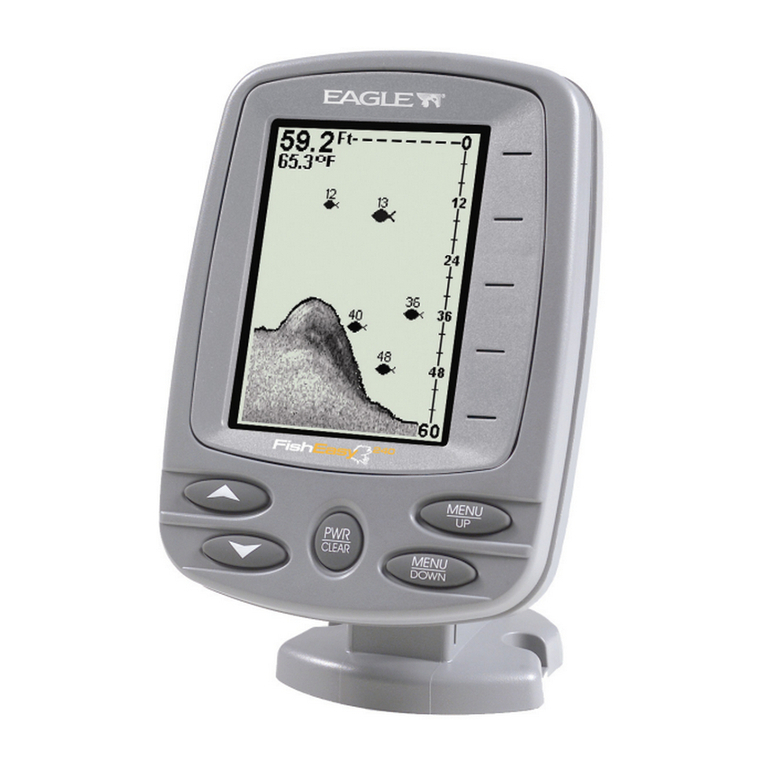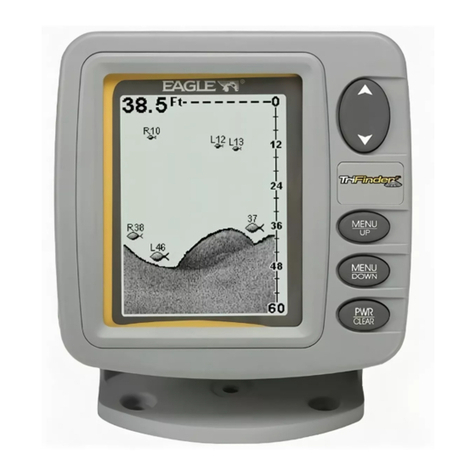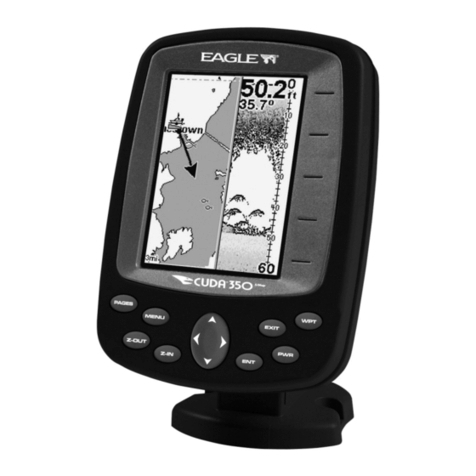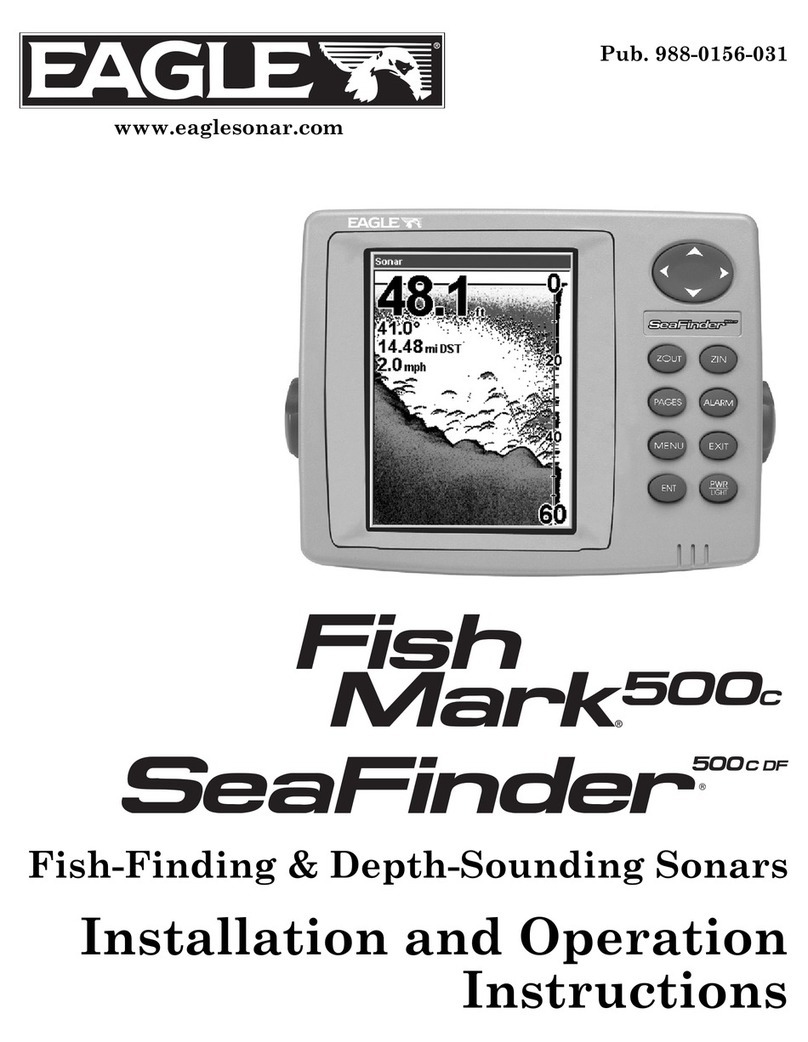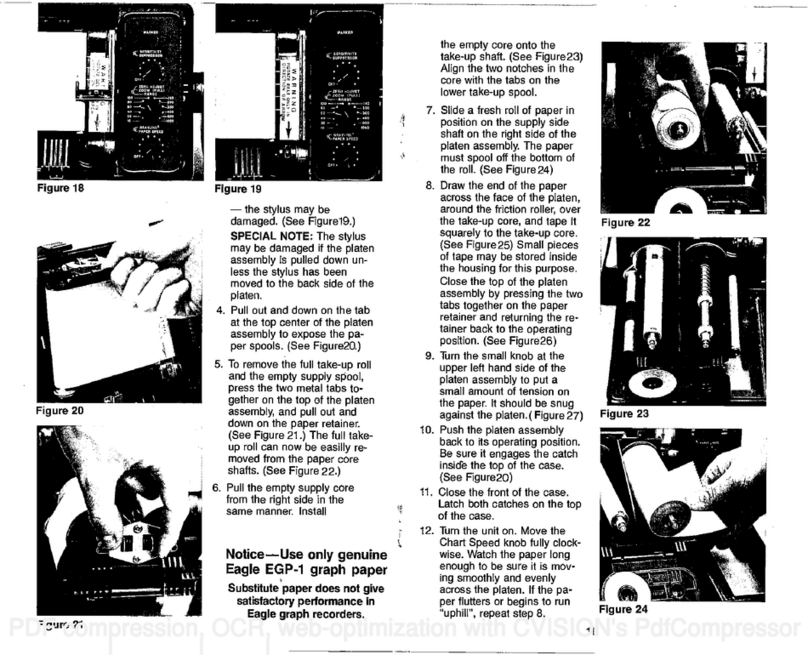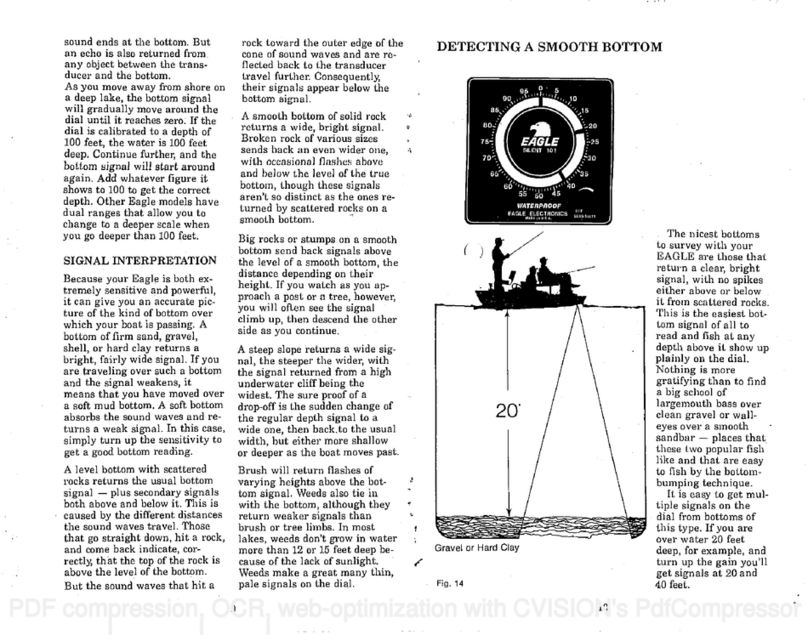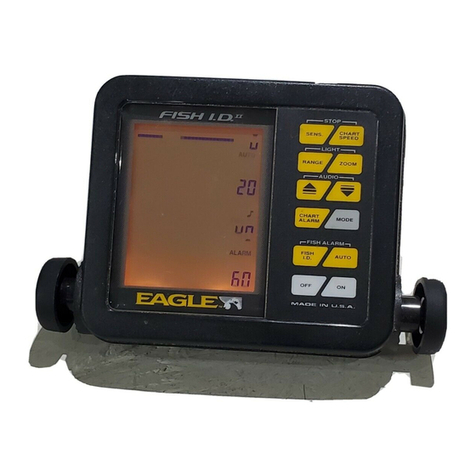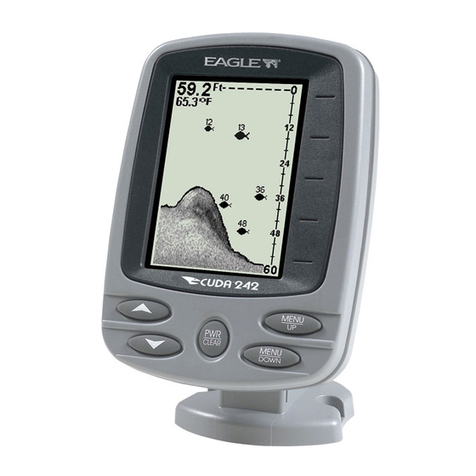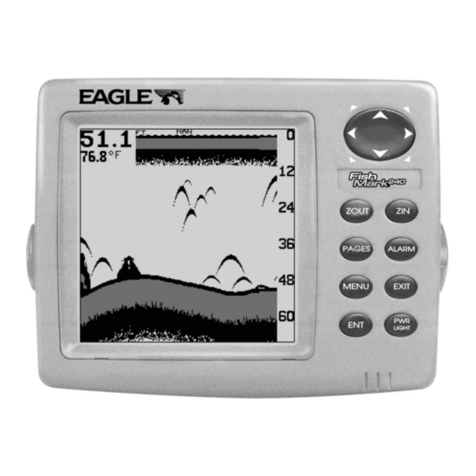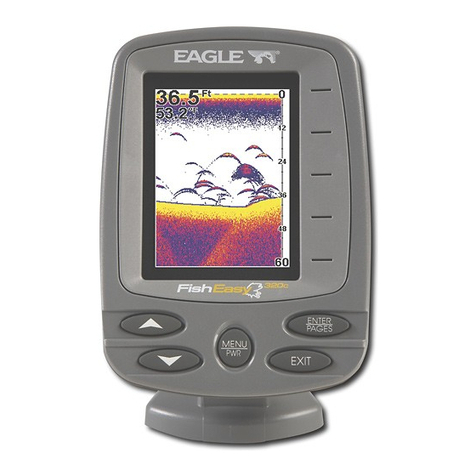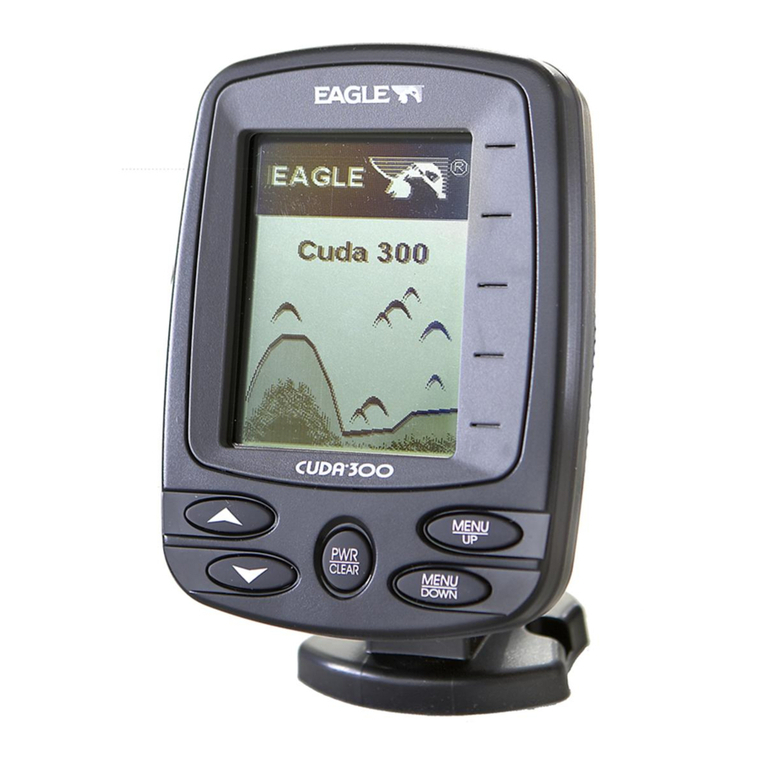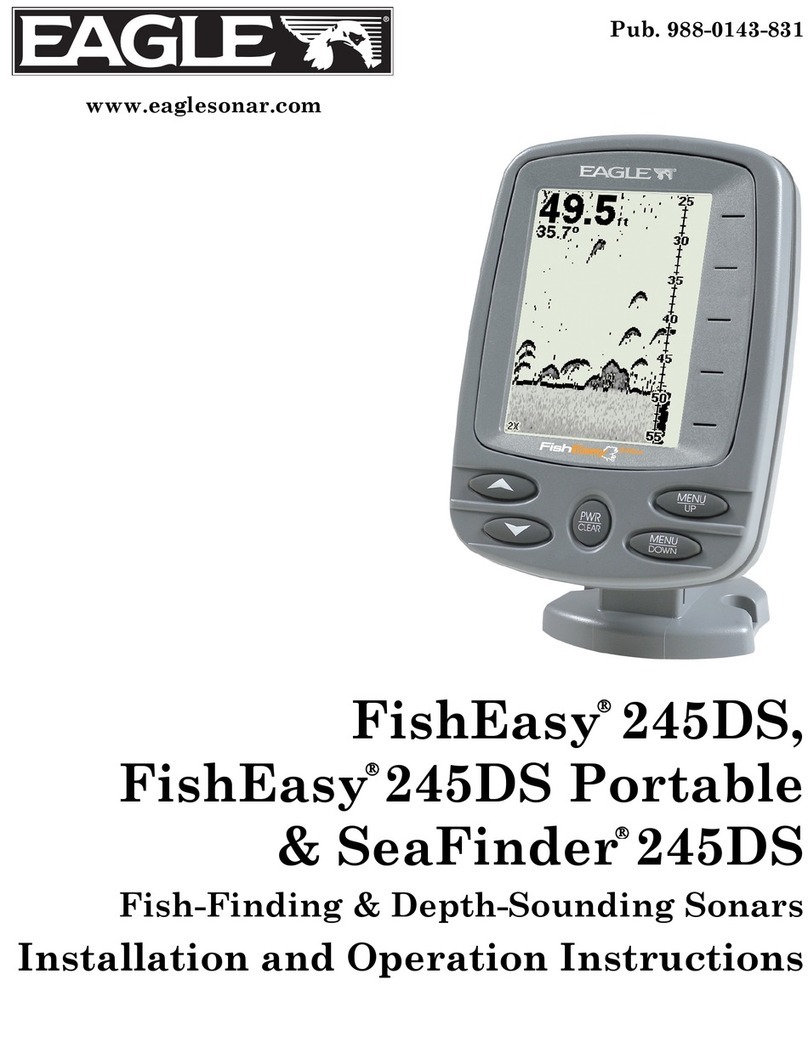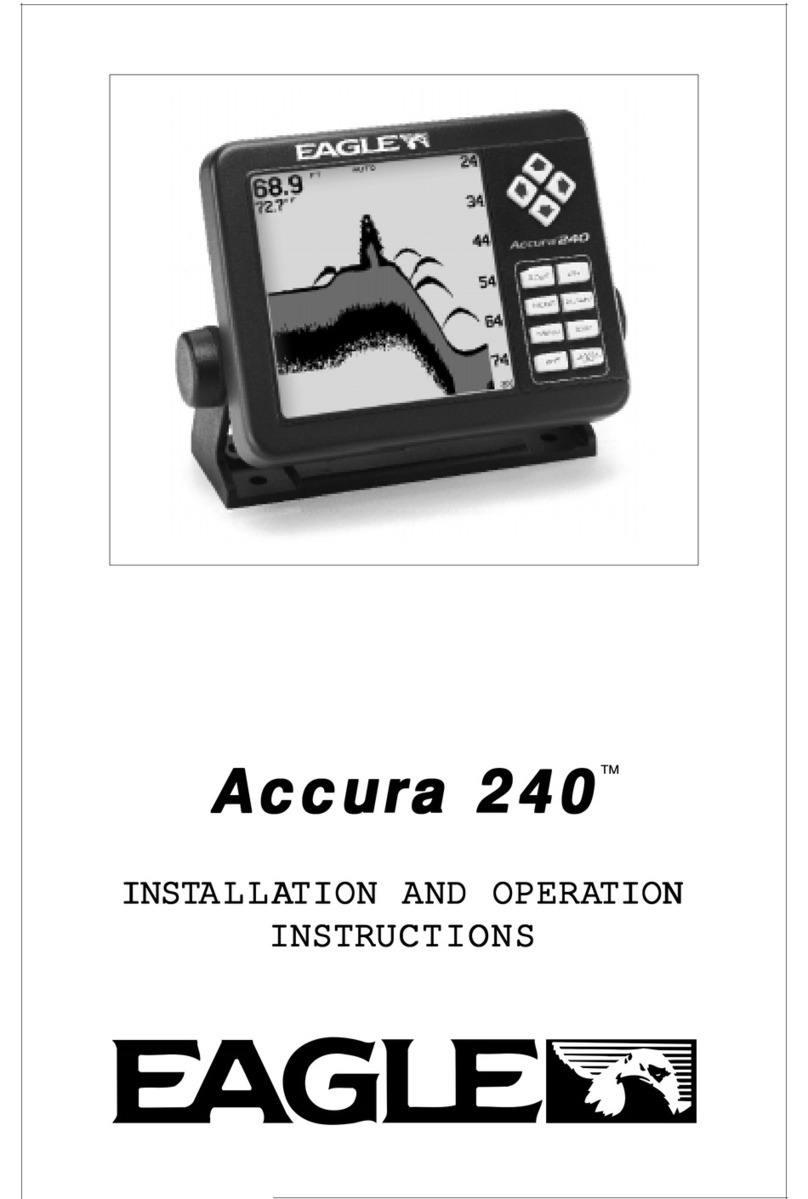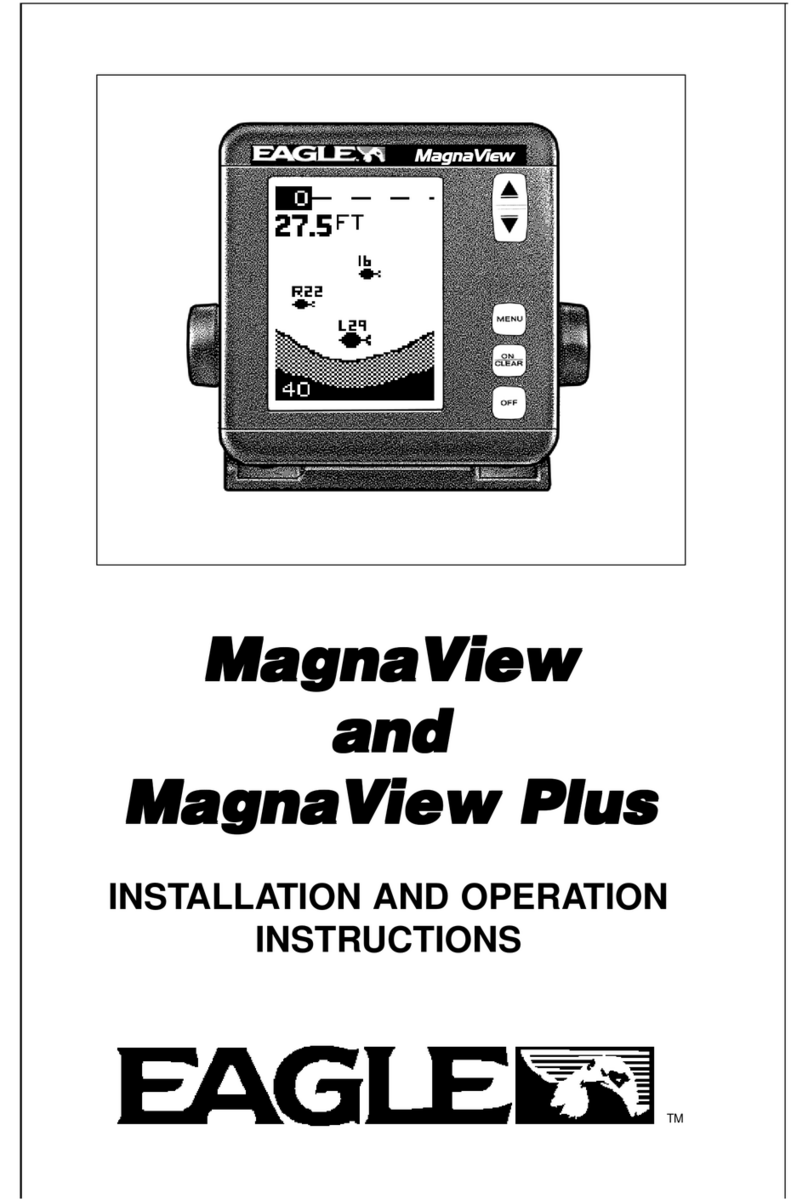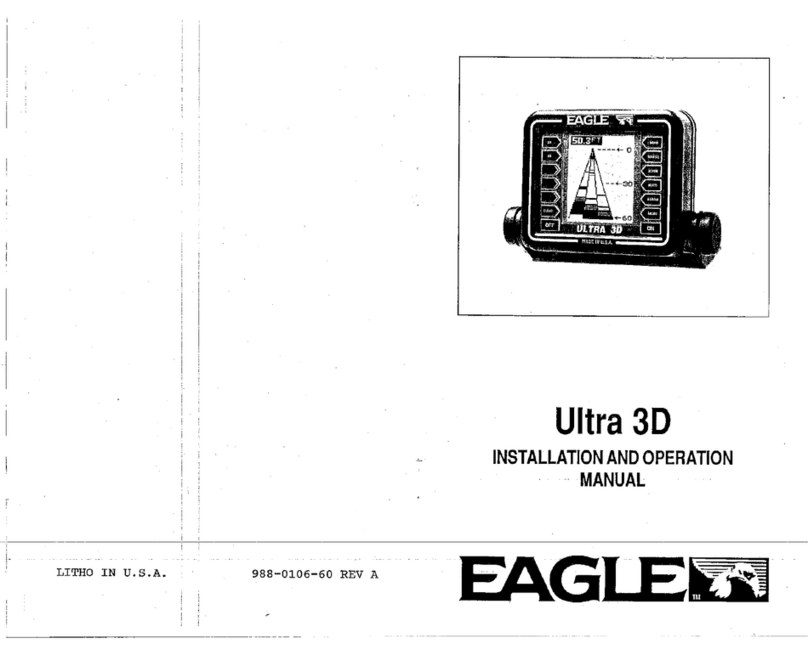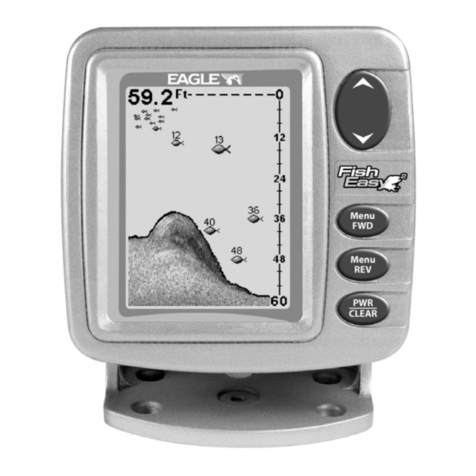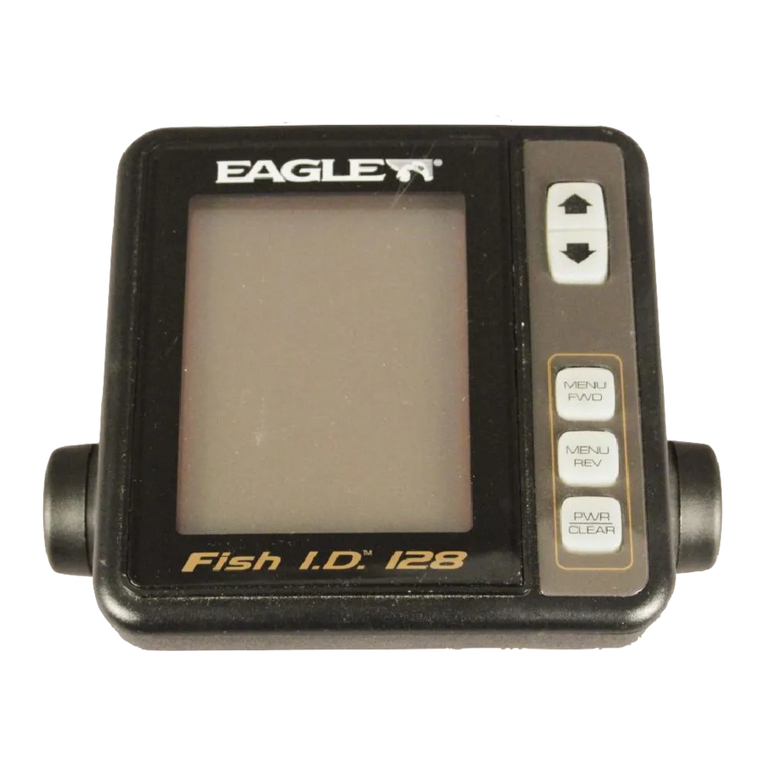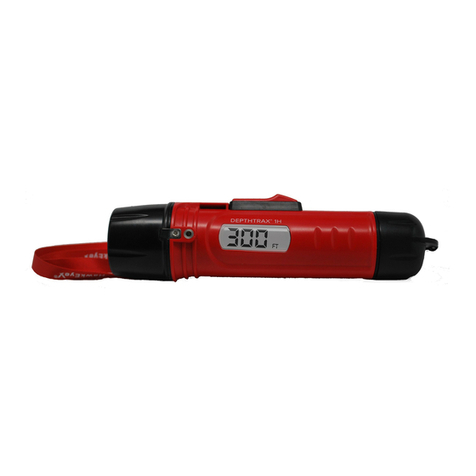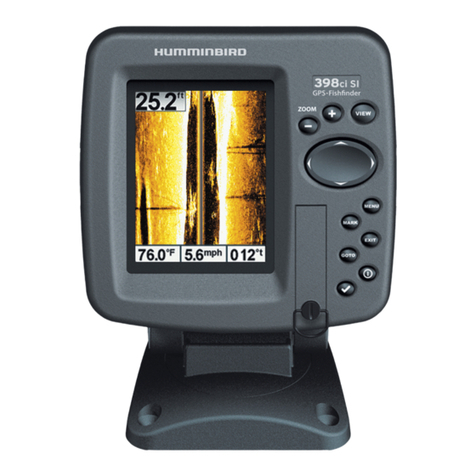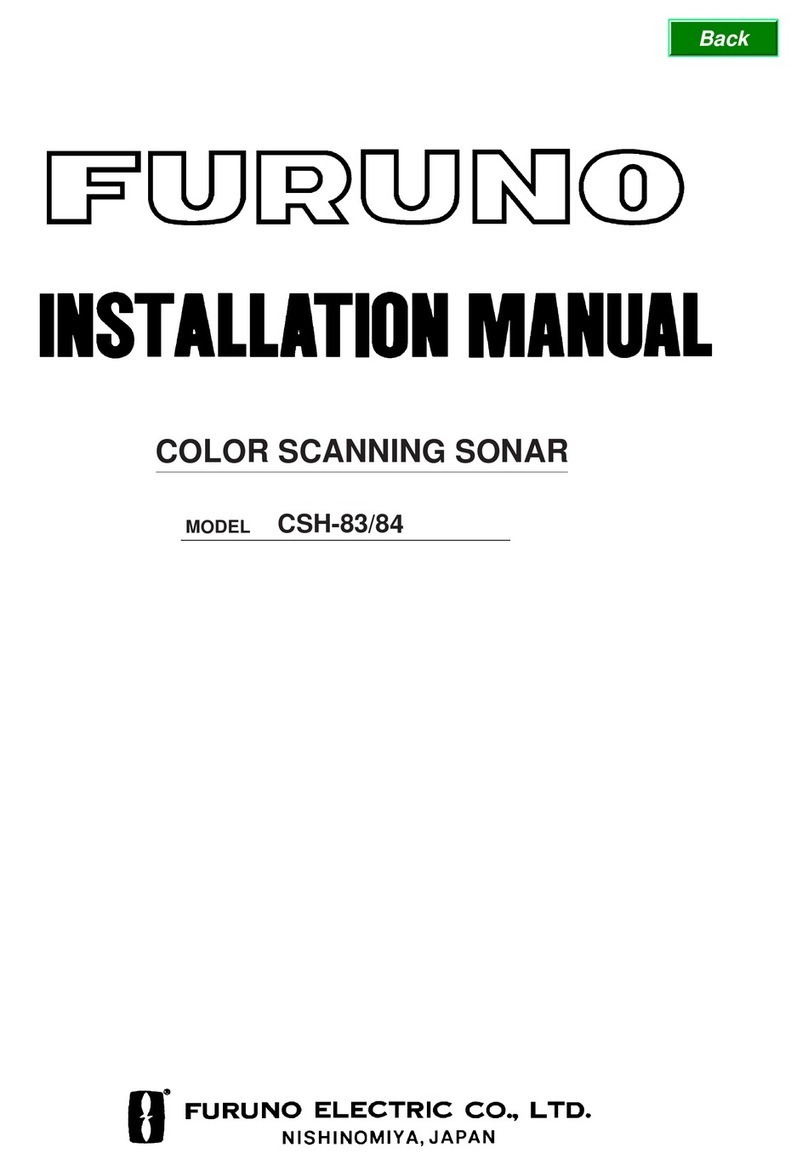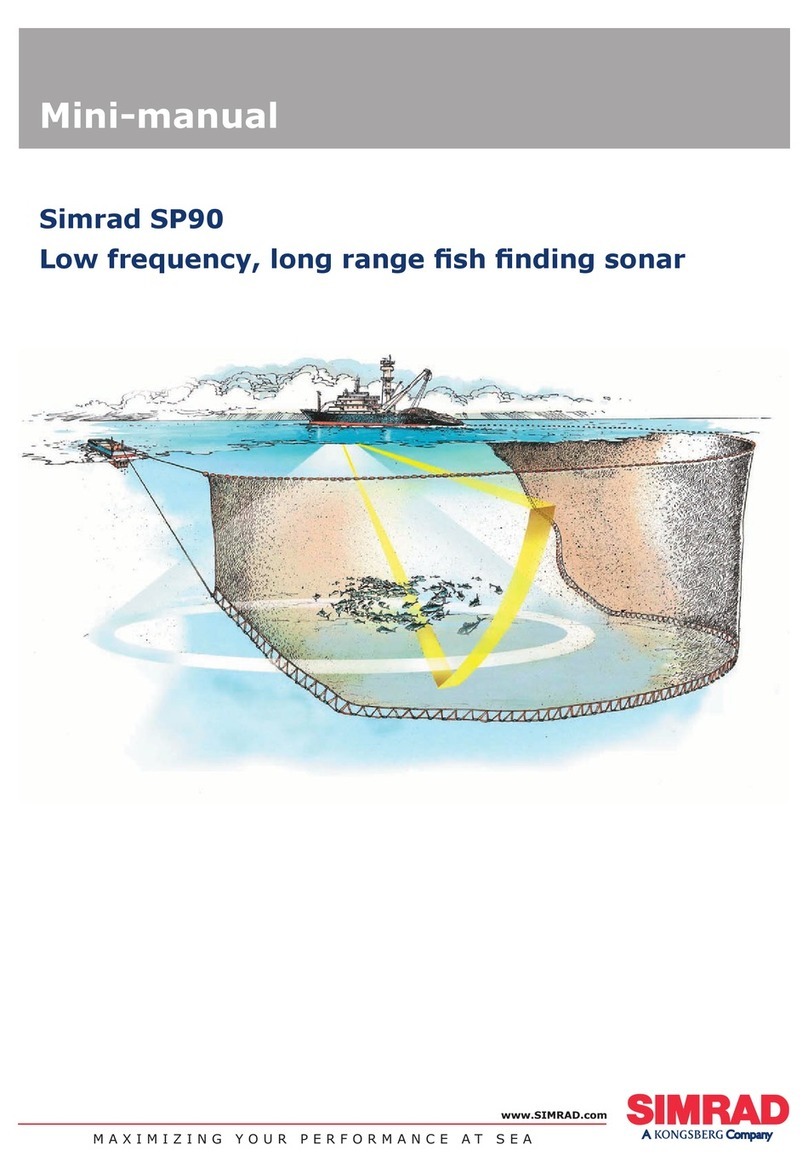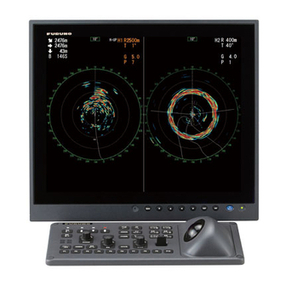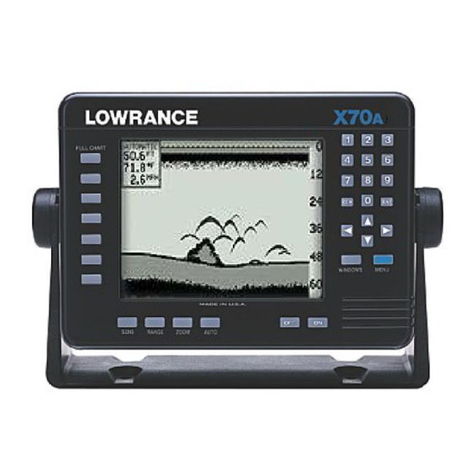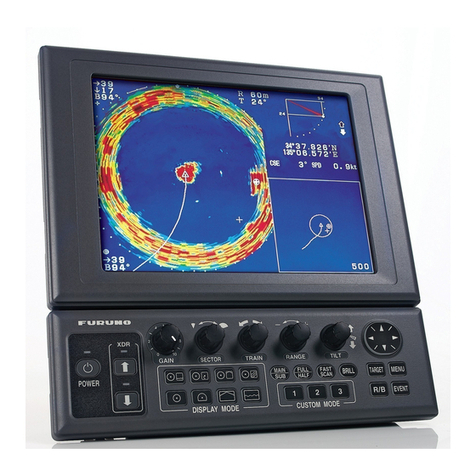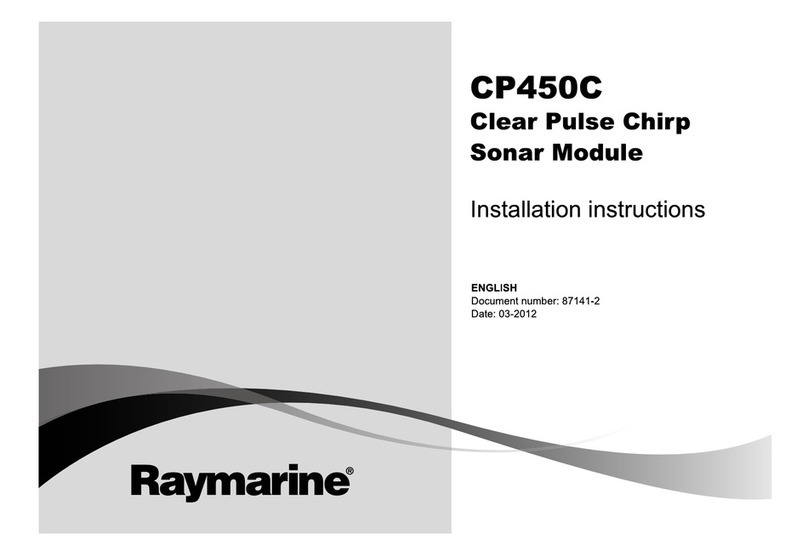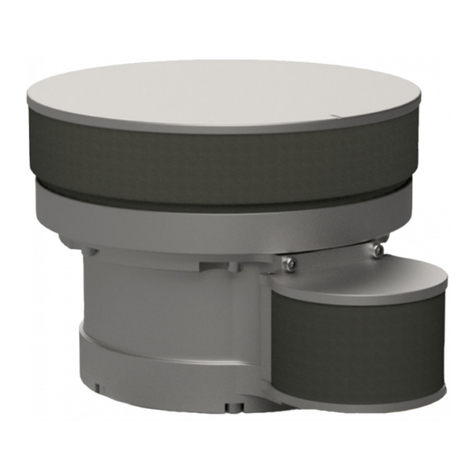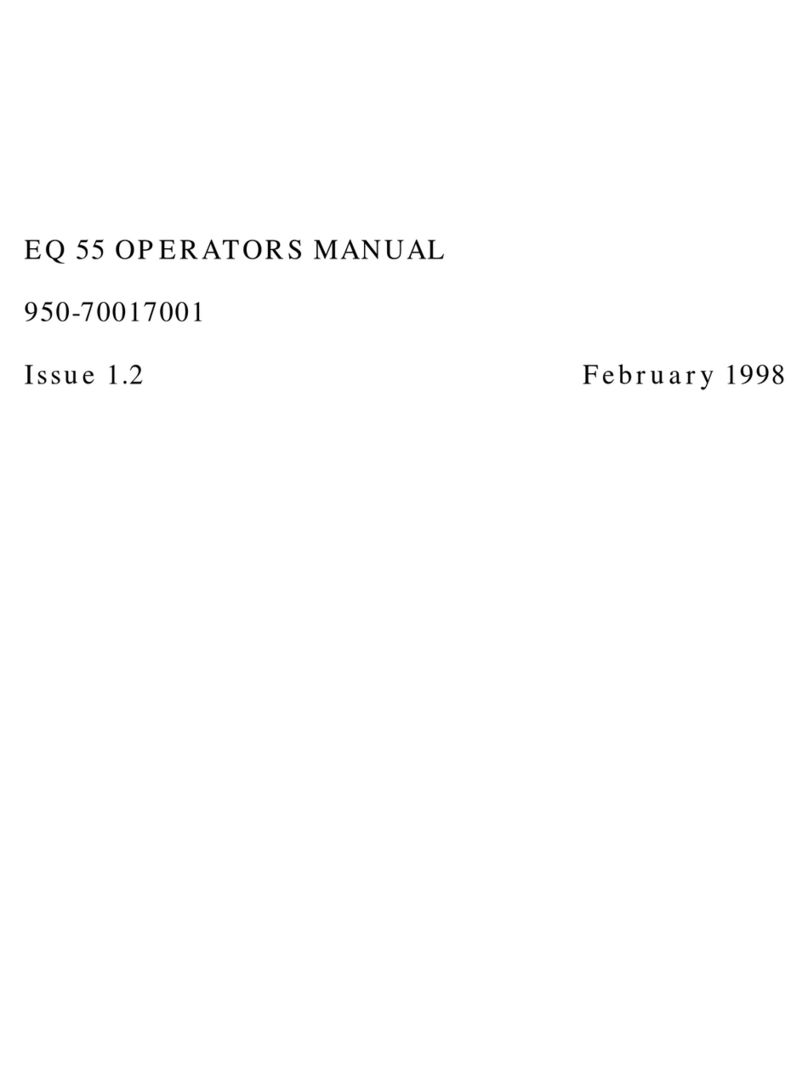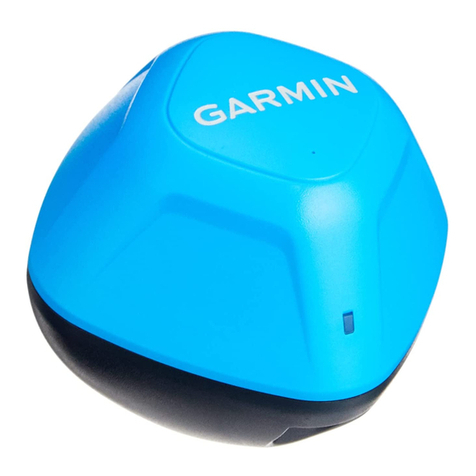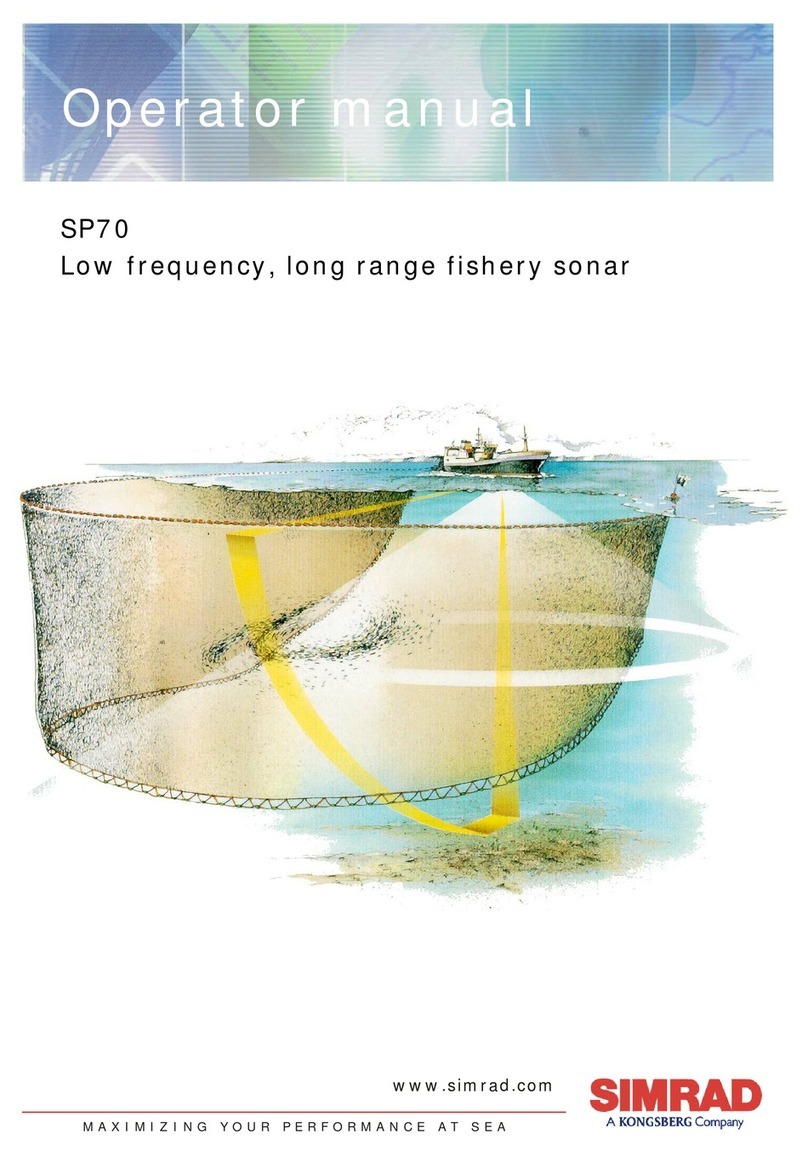
Ifa partial archoccursmost ofthetimeonyour unit(themark
curvesup,butnotback
down,
or
vice-versa)It
couldbethetransducer is
not
pointingstraightdown.
Adjust
atransom mountedtransducer untilthe
fish
showthedistinctive
arch. This
may
takesometrialand
erroruntilyou
achievethecorrectmounting.
SENSITIVITY
Whenfirsttumedon, theZ-7200isintheAUTO SEARCHmode.
The
micro-computer
automaticallyadjusts
the
sensitivity
andrange
tofind
and lock ontothebottom.Youcanleavethesensitivityin
theautomatic
modeormanuallyadjust
Ittosuitconditions.
Ahorizontal baratthe
top
ofthescreendisplays
thesensitivity
level. Whenthe
sensitivityisat
minimum,thebaris
very
short. Increasing
thesensitivity causesthebartotravel totheright, increasing Inlength
correspondingly. Settingthe
sensitivity
tomaximumwill
causethebarto
extend acrossthetopofthedisplay. (There
are32 steps
ofsensitivity
available.)
Toplace
the
Z-7200 in manualmode, pressthe
AUTO keyonce.
This
turnsauto
sensitivityoff. ThewordAUTOatthe
top
of
the
display
will
disappear, signifying that
theZ-7200isInthemanual mode.Toincrease
the
sensitivity,press and hold
theright
arrowkey untilthe
sensitivity isat
the
desired level. Theleft
arrowdecreases
sensitivityinthe
samemanner.
Noticehow
the
sensitivitybarmovesas
youchange settings. Whenyou
press
the
right
arrow
key,
thebarmovestothe
right,indicating
anincrease
insensitivity. Pressing
theleft
arrow
keymovesthe barto
the
left,
showing
the
sensitivity has
decreased accordingly. You'll alsoseethe
change on
the
display.
Onthenext
page,the
photoon
theleftshowsa
graph
withtoolittle
sensitivity. Ontheright,thegraph hasaproper sensitivity setting. Afish
along
withhighersurface clutterarenow
visible,andthebottom
signalhas
widened.
When the horizontal barreaches thefarright hand side ofthe
screen, the
sensitivitylevel isatmaximum. With
highsensitivitysettings,
asecond bottom
echo(second echo) mayappear. ThisIs normal. It's
causedby
the
returningsignalreflectingoffthesurface ofthewater. Then
itmakesasecondtrip
tothebottomand backagain.
TotumAuto
Sensitivityback
on,
press
theAUTOkey. Remember,
pressing theAUTO keyturnsboth automaticsensitivityandautoranging
functionsonand off
atthesametime.
Remember,there
mustbesomemovementbetweentheboatand
thefish todevelop
thearch. Usually, thismeanstrolling atveryslow
speedswiththemain enginein gear
ataminimumthrottleselling.
The
depth
of
thewaterwillaffectthesizeandshapeofthefisharch
duetothecone
anglediameter. For
example,
Ifthecone
passes
overafish
in shallow
water, thesignaldisplayed onthe
Z-7200 may
notarchatall.
Thisisduetothenarrow
conediameter andthe
resolutionlimitationsofthe
display. Eventhe20degree
transducerhasonly
a
3footdiameterat
this
depth.
Compared toa papergraph, aZ7200cannot showas fine of
detail. Thereasonfor
thisisthe
pixels(dotsonthe
screen)aremuch
larger
thanapapergraph's
markings. Therefore,theZ-7200cannotshowfish
archesaswellasa
graph. Plus,itrequiresabitmore
workinitially toread
andinterpret thescreenthan
a
papergraph.
Very
smallfishprobably
willnotarchatall. Mediumsizedfishwill
showa
partialarch,
ora
shapesimilartoanarch ifthey're
in
deep
water.
Large fish willarch, butturnthe
sensitivityupindeeperwatertosee
the
arch. Because ofwaterconditions, suôh as heavy surface clutter, th-
ermoclines,etc.,the
sensitivity
sometimes
cannotbeincreased
enough
to
get
fisharches.
Oneofthebest
ways
toget
fisharches is
toexpand or"zoom"a
segment
ofthewater. For
example,
40to6ofeet.
Thesmallerthe
segment,
thebetter
thescreenresolutionwillbe.Then,
turn
up
the
sensitivity
ashigh
aspossible without
getting
toomuch noiseonthe
screen. Inmedium
to
deepwater,
thismethodshouldworktodisplayfish arches.
WATERTEMPERATUREANDTHERMOCLINES
Water
temperature hasan important-if notcontrolling-influence
upon
the
activitiesofallfish. Fisharecoldblooded andtheir
bodiesare
always thetemperature ofthesurrounding water. During
thewinter,
colderwater
slowsdowntheirmetabolism. Atthistime,they
needabout
afourthas muchfoodas
theyconsume inthesummer.
8 29
PDF compression, OCR, web-optimization with CVISION's PdfCompressor

